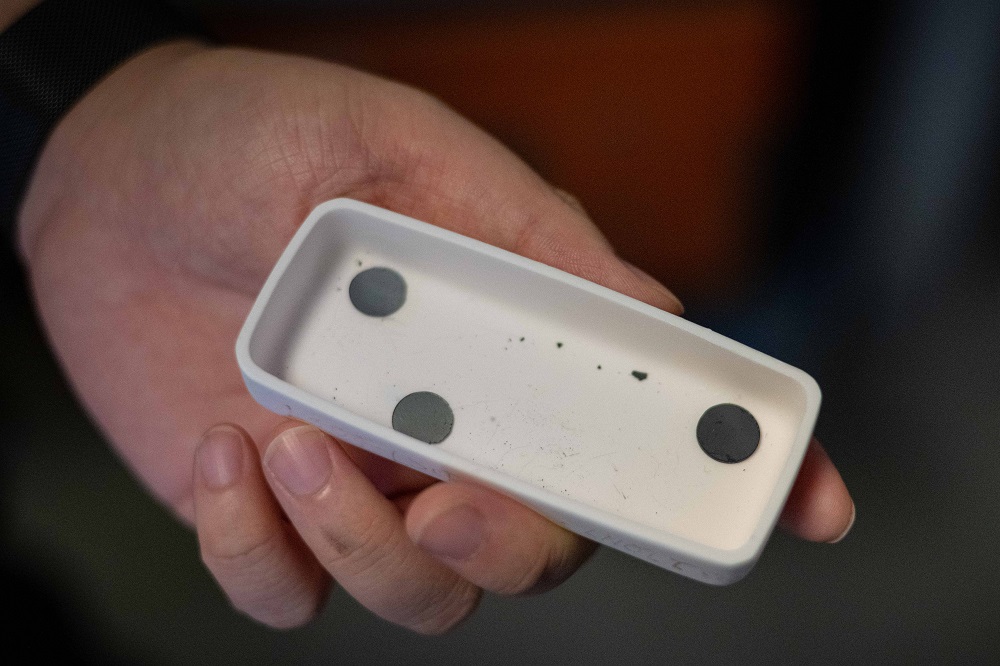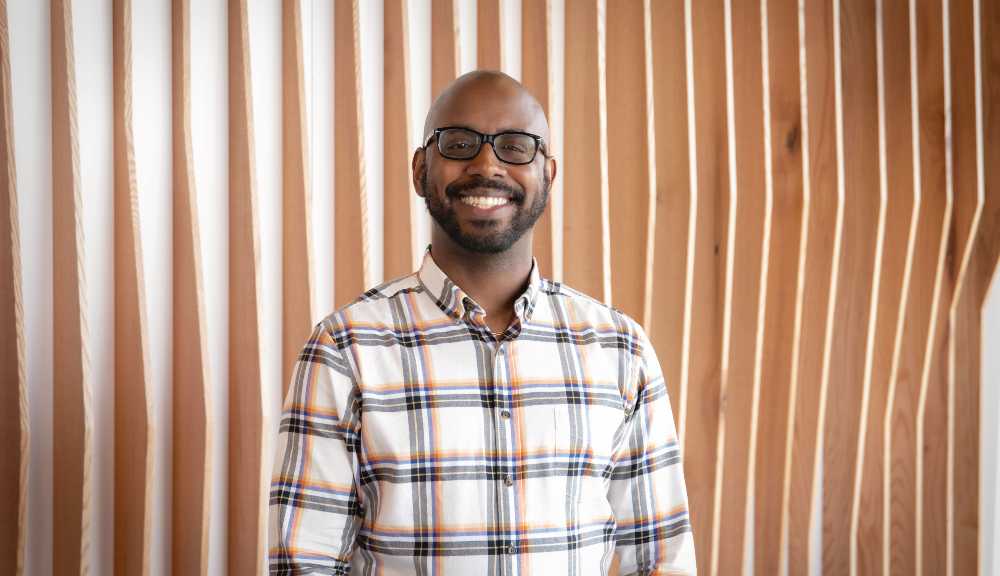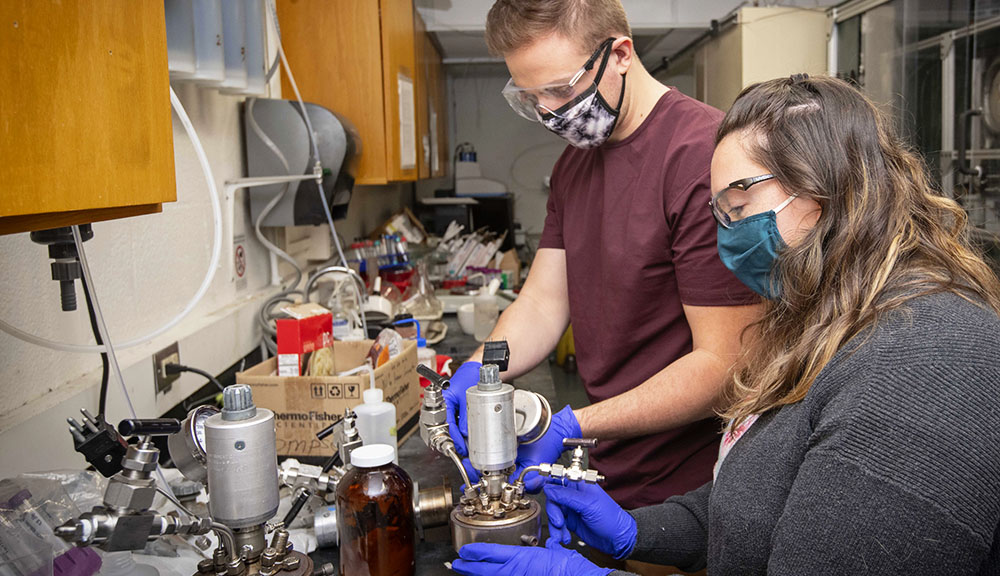Gaynor will discuss First Wind’s role in the growth of total installed wind energy capacity in the United States from 4.7 to 60 gigawatts between 2002 and 2012. He will also explain the process First Wind uses to bring wind facilities online and will offer advice on preparation for careers in the renewable energy field.
In advance of the presentation, the Daily Herd posed a few questions to Gaynor about wind power in general and what it takes to make it a reality.
What are the advantages to wind as a power source?
It is cost effective, clean, and uses no water. The net environmental benefits are significant. It is not the silver bullet, but it is an important part of our power generation portfolio.
What’s involved in building, starting, and operating a wind facility?
An incredibly wide array of environmental impact studies that take 3-5 years to complete. An engineering and design phase that takes 1-2 years to do; and then actual construction that typically takes 6-12 months. Then the project can operate for 30+ years.
What is the general public’s reaction to wind as a power source?
Like most things, a very quiet supportive majority and a very outspoken small number of opponents.
What kind of resistance do you encounter? Are there myths, and how do you refute them?
There can be all types of resistance, but mostly litigation. Yes, there are lots of myths. Our job is to make the hard science stand up to the scrutiny of the regulators and permitting agencies; to make sure all of our research is completed based on solid science. If we are able to do that in the context of a solid set of standards, then typically we’ll be successful.
A common argument is that fossil fuel and nuclear power can fire plants anytime and in any weather―but turbines are dependent on windy days, and solar requires sunshine.
Well, those are factual statements. However, one thing that often is forgotten about is the lifecycle cost of each source. Cost out the full impacts of nuclear and fossils—the externalities. Most of us in the renewables industry believe that it is not only a wind or solar solution; there has to be an all-of-the-above approach―but do it in a way that reflects the real costs.
What is First Wind’s role in expanding wind power?
We are focusing on the non-traditional markets, where we think wind and solar make the most economic sense for customers.
Is wind power poised to grow, and is it a potentially lucrative career choice?
The future is solid as long as we all remain committed to the policy. Wind has grown 15-fold since I’ve been in the industry (about 10 years) and still only provides about 3% of the U.S. energy needs. Yes, there is a long way to go, and yes, it is a very fine career choice.
Want to learn more about wind power? Visit HERE to learn more from the Wind Energy Foundation.


